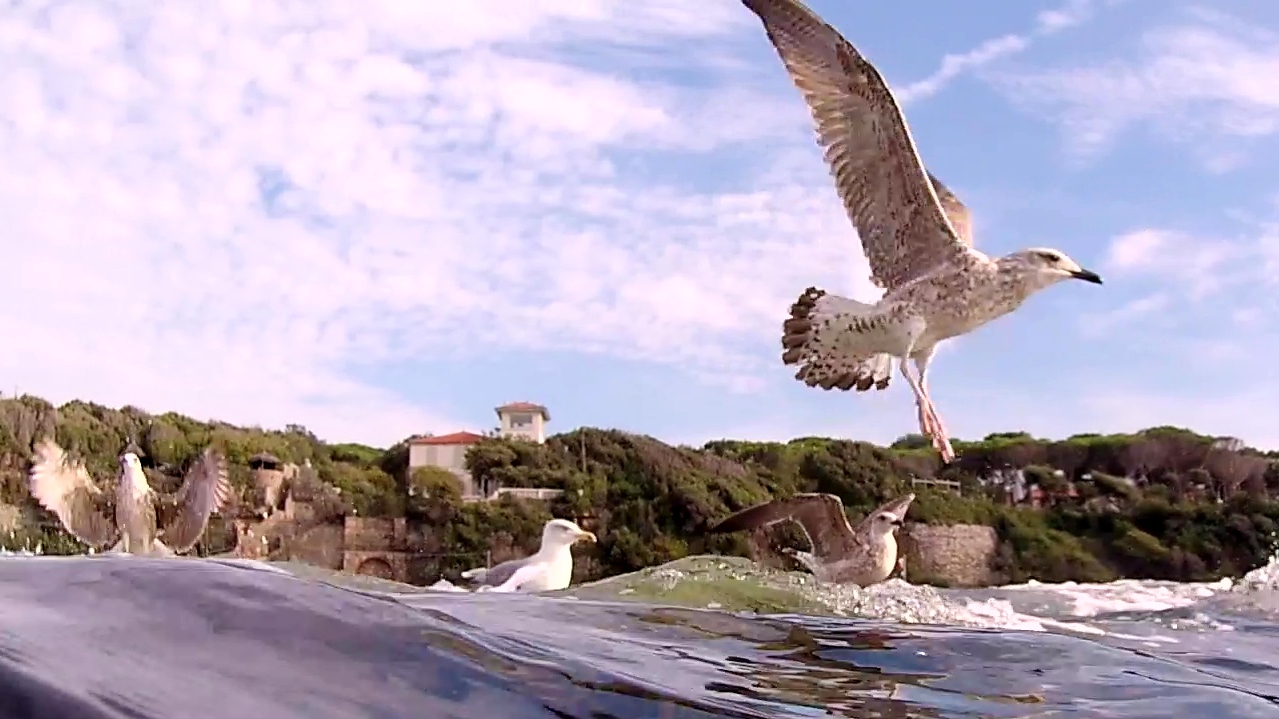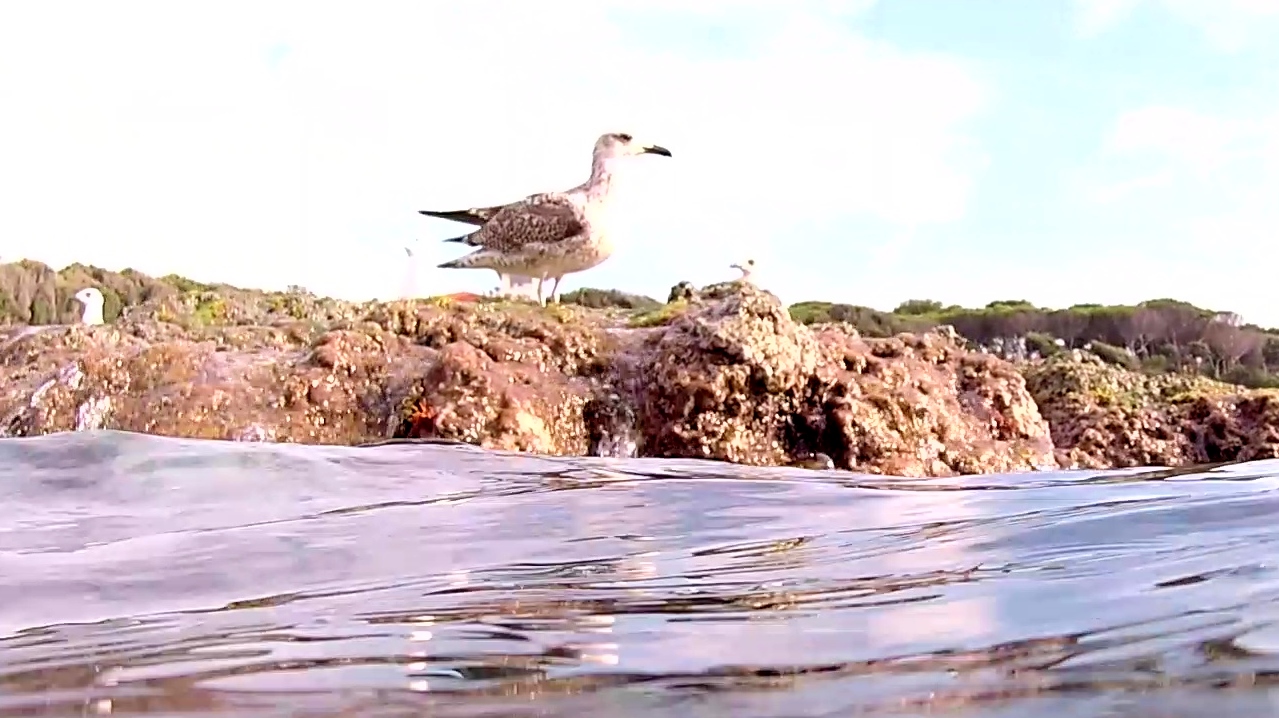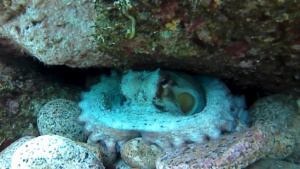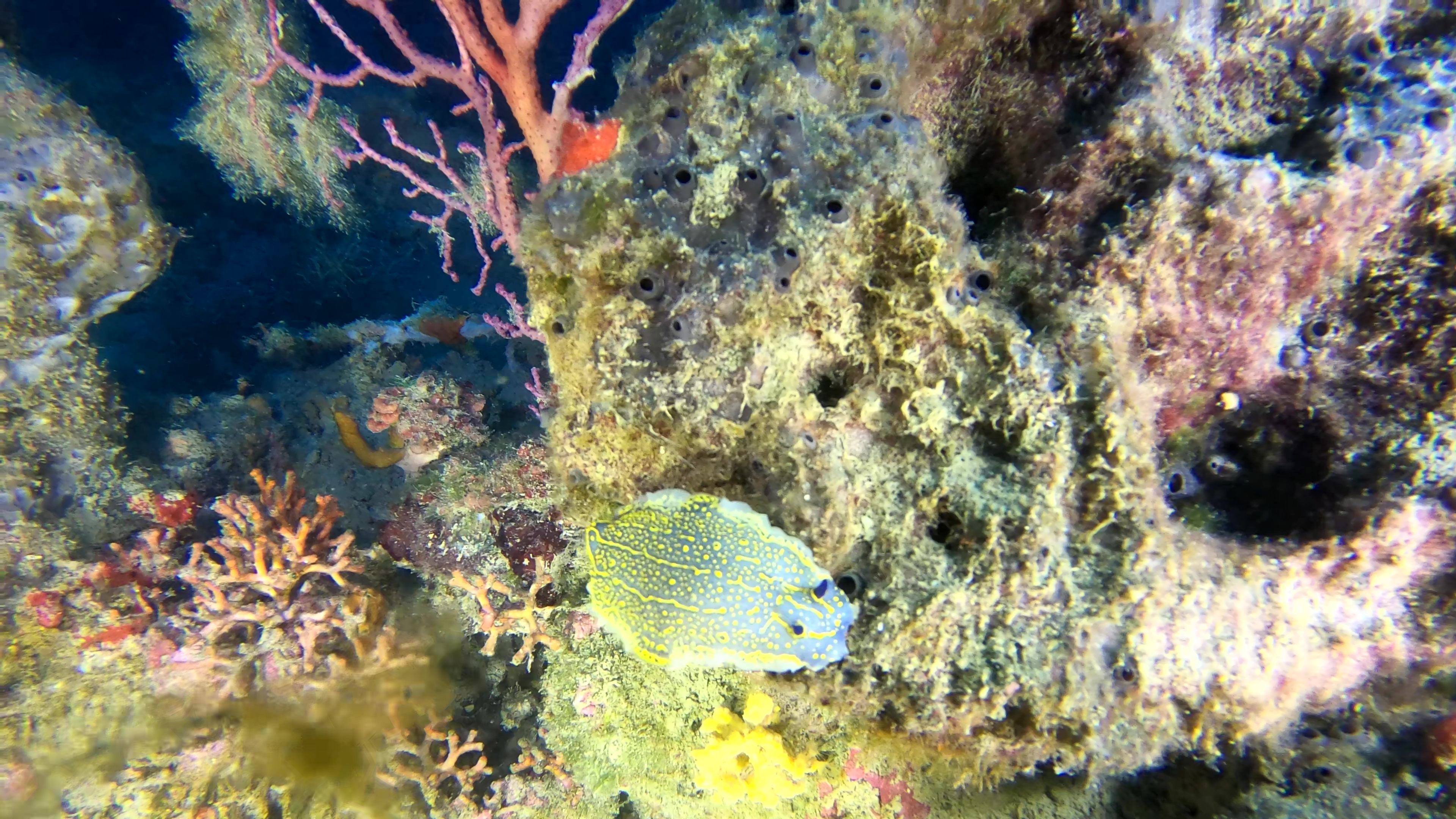Yellow-legged gull (or Mediterranean gull) (Larus michahellis Naumann, 1840) is a caradriiform bird belonging to the Laridae family. Gabbiano reale Larus michahellis Yellow-legged gull intotheblue.it

giovani e adulti di gabbiano reale europeo – youngs and adults of european herring gull – intotheblue.it
Description
Yellow-legged gull is a large bird with a massive build; it has a length of 52–58 cm and a wingspan of 120–140 cm. In the adult the upper parts are gray and the head, lower parts and tail are white. The tips of the wings are black with white ends. It has a massive yellow beak with a red spot in the lower jaw and yellow legs with webbed feet.
The young have a completely different color: they are gray-brown, they have gray legs and the color of the head varies from white streaked with gray to completely dark.
It can be confused with the Nordic herring gull (Larus argentatus), with which it cohabits in some reproductive areas, and with the Caspian gull (Larus cachinnans). However, the yellow-legged gull is characterized by a light livery and is lighter than the Nordic herring gull.
Biology
Yellow-legged gull can emit a wide variety or series of shouting and screeching, each of which conveys a different message to the other seagulls. The chicks instead emit a very sharp and easily recognizable peeping.
Supply
Yellow-legged gulls, like most laridae, eat fish, rats, dead animals and human food waste. For some decades they have learned to find food in urban landfills, but they also take waste from garbage bins. They also eat birds that can capture in flight (such as pigeons, starlings and swifts), or take eggs and chicks from their nests.
Reproduction
They build a nest consisting of a disordered cluster of plants on a flat surface (usually on the cliffs) where they usually lay three eggs, slightly larger than a hen’s egg with a cryptic brown mottled black color.
In recent years, red-footed gulls, northern gulls and crocuses have begun to nest in built-up areas. This is the reason for their reproductive success; in the city, in fact, they find ideal places to nest, large quantities of food and no predators.
Distribution and habitat
The Mediterranean Yellow-legged gull is an endemic species widespread across the entire basin, from Gibraltar to Turkey; some couples have recently reproduced also in Northern Europe; also present on the Atlantic coasts of Morocco and with the Atlantis subspecies on the Canary Islands and the Azores; in Italy it nests widely on the coast and inland in its varied habitats, including the cities where it chooses not frequented roofs and terraces.
 English
English Italiano
Italiano





